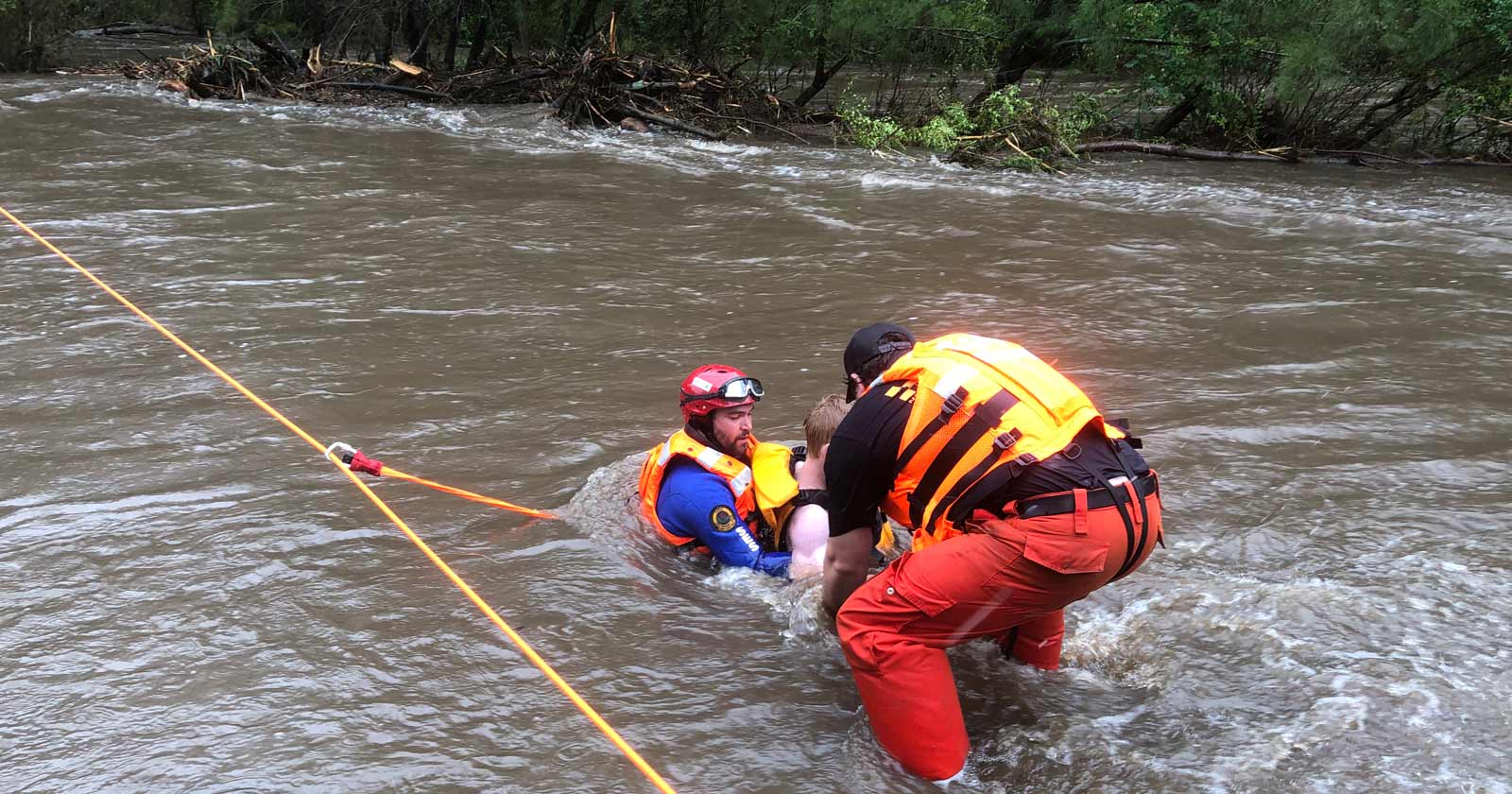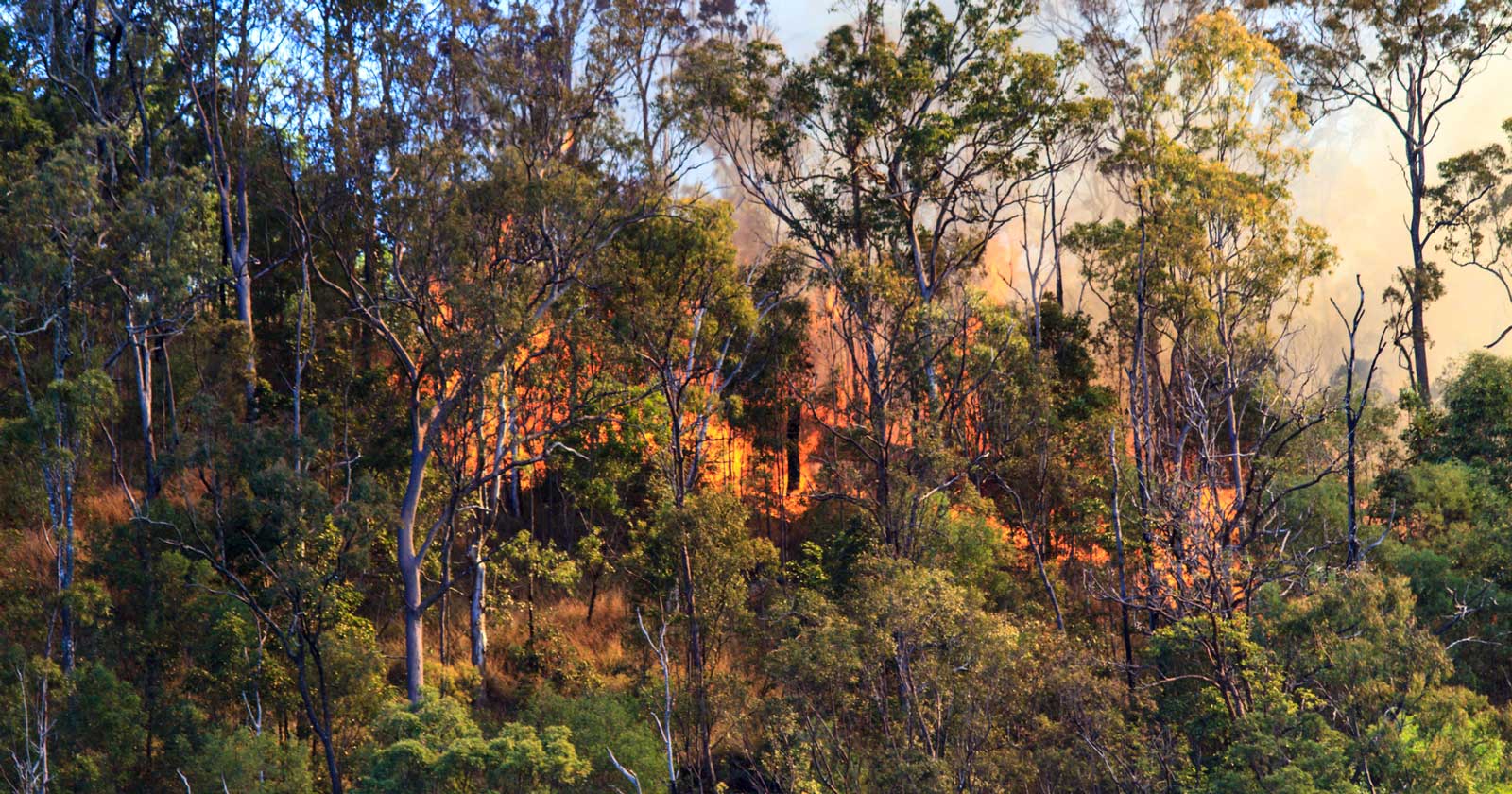Do you obey track closed signs or just walk right through?
Throughout 2021 and 2022 we experienced torrential rain, fire storms and extreme weather events across much of Australia causing widespread damage, resulting in loss of property, infrastructure, livelihoods, and sadly, people’s lives, not to mention the impact it’s had on our already struggling native flora and fauna. The impacts of multiple severe storms have taken years to be assessed and cleared across many parks and reserves. The impacts of recent weather and bushfire events have been felt by every state.
There will be times when, in the interests of visitor safety and environmental sustainability, access roads, visitor sites, walking trails or entire parks and reserves will need to be closed or have access restricted. Following bushfires and extreme weather events, it is important to appreciate that some areas may have sustained considerable damage and may require long term closure.
Flooding can occur anywhere at any time, particularly during and after severe weather and heavy rainfall. It’s important to be aware of recent weather events and take care around rivers, creeks and lakes. Water levels and currents may increase quickly and without warning. Never walk through flood water and take extra care on trails, being aware of hazards such as mud, debris, damaged tracks and bridges. Be especially careful around trees too as the ground is soaked and soft so they are more likely to fall. On days of forecast Code Red Fire Danger Rating, land managers will generally close the majority of parks in the relevant weather district for public safety. So, before you head out, be sure to check relevant websites for park, road and track closures and be bushfire and flood aware.
There are many reasons for trail closures
The most common being:
- To remove risks to the public including damaged trees, rock falls, landslides
- The area has yet to be assessed following storms, fires and floods
- To repair facilities that have become damaged following storms, fires and floods
- For the land manager to undertake access road and walking track maintenance
- Rehabilitation works to allow native flora to recover
- To prevent spread of deadly pathogens such as Cinnamon Fungus (Phytophthora cinnamomi)
- Consultation with the Aboriginal community and other key stakeholders about the future management of the site.
Despite recent weather warnings and park closures in place across multiple media and online platforms, it still seems that this message is beyond some people’s comprehension, or they think that it doesn’t apply to them. This blasé attitude places people in danger, including those who are regularly sent to perform rescues in areas that are closed.
In a social media post I read recently, the poster commented “The stubbornness of people and lack of insight into our situation, astounds me. We’ve just been through the wildest, most damaging windstorm in my memory. So hey, why not go for a walk in the Dandenong Ranges National Park? Are you kidding?! “3 Paramedics, 7 CFA Firefighters and about the same number of SES personnel, spent 2.5 hours getting in and chain sawing a route out, to get this person safely into an ambulance and off to the nearest hospital. DON’T COME HERE!”
More recently, I was sent a message of concern by a fellow outdoor enthusiast who works in the outdoor sector. This was in relation to flooding in New South Wales.
“I work in the outdoor industry and for the last week I have been receiving and seeing messages asking if it is safe to hike certain trails, despite track closures. Apart from the constant heavy rain and rising water levels in catchments there has been extensive damage to walking track infrastructure, multiple landslips and trees coming down due to saturated soils and increased winds.”
So why would you go out?
“I understand that waterfalls are spectacular during/after rain, the tracks are generally quieter and there’s a new appreciation of the bushland when looking at it through the lens of watery veils. But the waterfalls will still be pumping after the weather event has passed, the tracks will still be quieter, and the bushland will still be amazing. I’m sure there are many other reasons people might go out, but these are the ones that come to my mind.”
“I have also read/received several complaints from people who are or have been out on hikes saying that they can’t cross creeks and rivers, and they’ve either had to turn back or scrambled across slippery rocks to get to the other side, but felt very unsafe while doing so and that someone (the government) should put infrastructure in these areas so people can cross in current conditions!”
Are we becoming so entitled and privileged that the responsibility for our own personal safety is wholly passed onto authorities and governments? Sadly, that too often seems the case.
“Please, if you are unsure whether the track is open, do some research and contact the relevant land manager to check. They would rather you ask the question than become a statistic and put further pressure on limited emergency resources. If you are contemplating a hike but think it might be unsafe due to prevailing conditions, then the chances are it is unsafe, and you should reschedule.”
“I’d like to acknowledge that for the most part people are sensible and do take their personal safety seriously but to those that still need to be told – “IF IT’S FLOODED, FORGET IT!” (that applies to everyone) Rant over.”
This issue is widespread, not just isolated to Australia, and it’s a clear sign that human nature is the issue. I was reading an article from New Zealand a few years ago titled “Entitled hikers vandalise signs, ignore ban on tracks closed due to kauri dieback”. A council compliance manager commented, “Generally it’s people going, ‘this is my local area, my forest, I’m allowed to be around here’. And you’ve also got a bunch of people who kind of think ‘well, actually the council don’t have the right to exclude me from this public area’. But there’s a reason we’re doing this, we’re not doing it for just a bit of fun.”
I completely understand the annoyance and frustration when you’ve been planning a hike for weeks or months, only to learn shortly before or when you turn up at the access road or trail head that the park or track is closed. I think the restrictions around COVID have compounded this issue as we’ve all felt locked up, controlled and unable to do what we enjoy doing the most. I’ve been in these situations myself where it’s so easy to think; this doesn’t apply to me, I have heaps of experience; or you curse the fact you’ve driven for hours and don’t want it to be a wasted trip; what’s the chances of getting caught right? no one else is around so even though penalties apply, I should be OK.
Authorities and land managers across the country are urging people to take personal responsibility after many continue to be found using closed parks and reserves. The message to the community is clear: please stay out of closed parks, they are closed for a reason.
While some of us may still think it is OK to drive along a closed road, open a locked gate, enter a closed park or walking track, it is not!
The area is closed and we should treat this advice with respect and find somewhere else to go. If you are thinking it is OK to enter a closed area, it is clear you are unable to comprehend the reasons for the closure. So, please trust that others are more aware of the situation than you and find somewhere else to walk, run or ride. There are literally thousands of places to explore in the state you live in so try one in an area that is open and leave closed parks and trails for another day.





